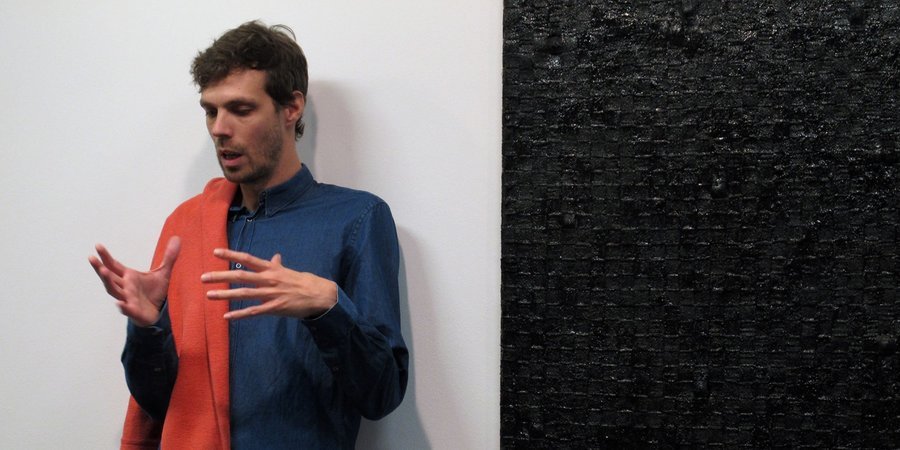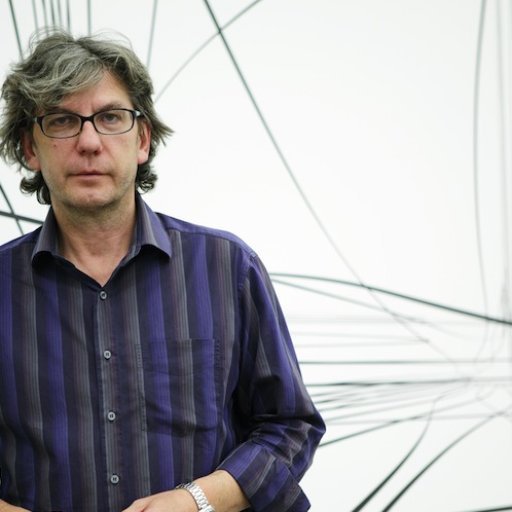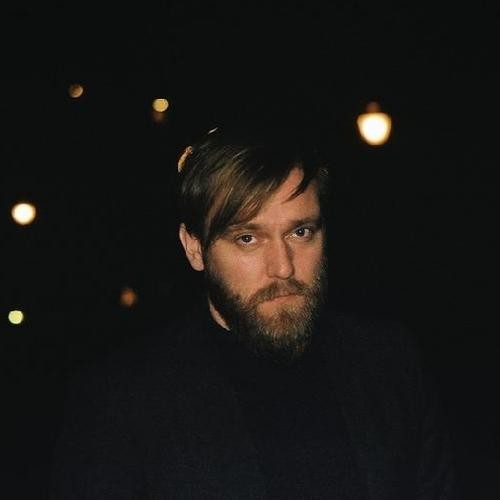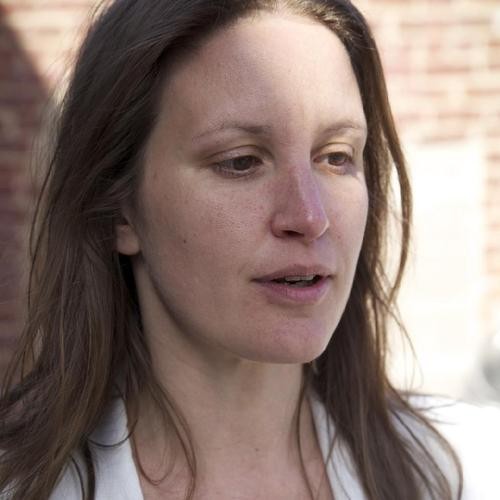It's rare when risqué puns in art come to take on an equal amount of humor and gravitas, but such is the case in the paintings of Daniel Sinsel, whose work explores both issues of sexual identity and repression throughout art history. We talked with Sinsel about his allusive approach to art, his appreciation of Susan Sontag, and how Old Masters like Caravaggio help to inspire his work.
Your work was recently included in “Notes on Neo-Camp,” a group show at London’s Studio Voltaire based on Chris Sharp's essay of the same name. How do you feel your work fits the camp aesthetic, and how would you define neo-camp?
My work seems to have strong affiliations with the idea of camp, as it is trying to reveal a world that is artificial and exaggerated, and that is full of personal codes. On a more superficial level, it frequently displays homoerotic content, and that also draws a link, even though both Susan Sontag and Chris Sharp emphasize that neither camp nor neo-camp are homosexual sensibilities.
Personally, I would not give my sensibility a name, but let's assume it is neo-camp. Sontag identifies camp as "something of a private code, a badge of identity even, among small urban cliques." In an age of hyper-connectivity, the purpose of camp has shifted. In simplified terms, if small urban cliques still exist, then what need might they have to identify among themselves, communicating in private codes? And what shapes might this take?
You often approach the ideas in your work with an eye to art history. How does older art apply here?
Many sensibilities have ossified into ideas and sensuality has been repressed in various ways. This used to involve the invention of the fig leaf, or the destruction of [19th-century German nude photographer] Wilhelm von Gloeden's glass negatives by the Italian Fascists, but now this repression takes different shapes and forms. Today, Caravaggio and Murillo would be considered pedophiles, for example. So, in many ways my neo-camp sensibility has to redefine and renegotiate the relationship to the idea of innocence.
Many of your paintings have pronounced homoerotic overtones, depicting men’s nude backsides, suggestively positioned flutes, and portraits of men in various states of cross-dress. These figures are sometimes shown against vividly colored backdrops and geometric patterns. What themes are you exploring in this work?
Growing into a man of either sexual orientation is not easy these days. In theory, most Western societies offer us endless lifestyle choices and forms of expression, and yet we experience varying degrees of pressure to conform or rebel. For a long time, my work was a testing ground as well as a stubborn attempt to resist labels and remain innocent. I tested codes for their suitability in regard to my vision. Vividly colored backgrounds avoided the issue of a real space and the relation to the here and now—the proposal remains spaceless and, though not quite, timeless. Most of my works carry a strong sentimental tone in relation to the past. I have avoided references to the present moment, and refused to be into sexual politics or to talk about pornography or gender issues. The world was consequently aesthetic and sensual, one of the tenets of camp.
Puns are a recurring element in your work, with images standing in for sexual double entendres. What draws you to this kind of visual wordplay?
Daft sexual puns—like the use of nuts—or obvious phallic symbols like the flute, together with a reduced, minimalist aesthetic and references to culinary elements like chocolate or pasta gradually opened up a more secretive and more enigmatic sensuality that avoided the conflict of innocence versus naïve. I expected the experience of decoding the flute as a sexual symbol not to be gratifying enough to dwell on it. I wanted to shift the focus onto the fickle nature of signs. Oscillating between signification and emptiness, signs and symbols become sensual things.
I am strongly drawn to craft and simple utilitarian design solutions. The fascination with chocolate bars or other simple geometric grids lies in their presentation of material in a simple and practical way that displays a simple and human aesthetic, as well as being respectful and direct towards the material.
You are also known for painting abstractions, such as a series of slashed canvases that recall the work of Lucio Fontana. What role do these slashes play in your work?
For me the slashes are just like the flutes or the nuts. They are symbols. Maybe symbols for vaginas, the act of penetration or aggression. In relation to Fontana, however, they are artificial—they are trompe-l'oeil paintings of real slashes. They are not real aggression or penetration. In a way, they are camp, aestheticized gesture.
Recently, you have been other creating trompe l’oeil paintings of fabric winding through latticework. Can you talk about those works?
Winding ribbon has been a recurring subject in my work—I think of it often as a materialized thought. Thought itself becomes material and sensual and meanders around ideas. I guess the latticework somehow represents the rigidity of ideas and the human impulse to fix things and pin them down. It reminds me of Sontag's hesitation about approaching camp as an idea, as opposed to approaching it tentatively as a sensibility. The works you refer to are also painted on a parallelogram-shaped canvas. Somehow they display a fleeing dynamic, or there seems to be a kind of paradigm shift at work.
One frequent point of reference in your work is Neoclassicism, but you also allude to other art-historical styles, ranging from Baroque sculpture to Byzantine icons. How do zero in on these older sources of ideas?
I love old painting. I love to float around art history to look for inspiration, and also as a form of escapism. I go to museums moreover to observe the relationship of a contemporary audience towards painting.
How did you first become drawn to art? What was your first significant art experience?
As a child I sometimes found it difficult to express my feelings and resolve conflicts, so I often withdrew to paint or draw as a coping mechanism. I was also intrigued by old painting that surrounded me in regional museums, in Catholic churches in my home region of Bavaria and in art history books. I always sensed that painting and secrecy have a pact. And I was intrigued with the drama, the nudity, the eroticism and the violence of painting even at a prepubescent stage. I remember as a small boy standing in front of a painting of a decapitation scene. I can recall the smell of old floorboards and oil painting. I remember studying and considering the neck with its severed arteries, veins, tubes, spine and blood spilling. I did not feel the need to ask any questions. I was amazed by this medium that can so readily show the unspeakable, the indescribable within the boundaries of its world.
What made you want to become an artist?
I had no choice.
Who are some of the artists who have inspired you the most?
Over the years there have been a rather random mix of Cézanne, Gerhard Richter, Vermeer, Bruce Nauman, Antonello da Messina, Fra Angelico, El Greco, Piero Manzoni, the Bauhaus, Alexandre da Cunha, Rivane Neuenschwander, Ed Atkins.
Is there anything you collect yourself?
Not with any real consistency. I often look for old peasant utilitarian ceramics, and often press and collect plant leaves.
What are you working on now?
I am working together with a chef on developing a hopefully tasty dinner that will carry a lot of my ideas on sensuality, gently absurd humor, and minimalism. It is part of a program called "Bold Tendencies" and it takes place in South London in a derelict multistory car park.



























